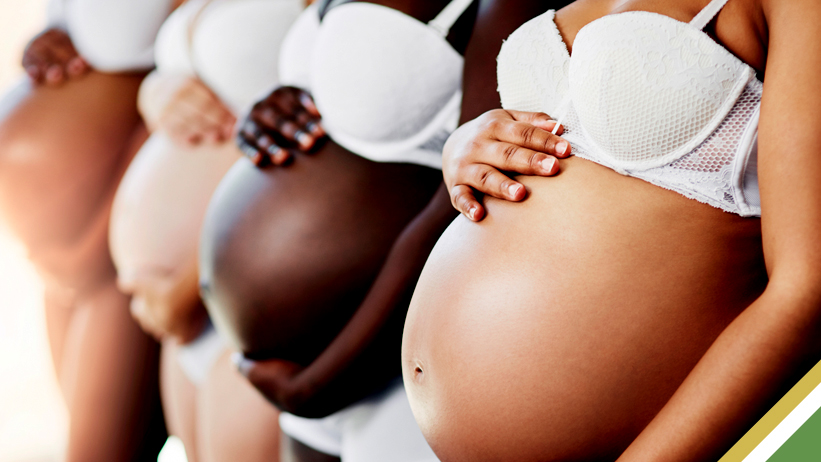Jamaica is witnessing a sustained decline in the number of live births and birth rates. This trend signals a potential shift in societal preferences towards smaller family sizes and could contribute to a decrease in population growth rates.
According to the 2022 Economic and Social Survey Jamaica released in July, this downward trend can be attributed to several factors, including increased urbanization, higher female labour force participation rates, and improved living standards.
In assessing fertility rates, the General Fertility Rate (GFR) emerges as a more accurate measure than the crude birth rate. The GFR represents the number of live births per 1,000 women aged 15 to 49 in a specific geographic area in a given year, offering a precise gauge of fertility. Fluctuations in the GFR values illuminate changes in the number of live births. This trend is highlighted by the decline in Jamaica’s General Fertility Rate from 44.7 in 2020 to 41.2 in 2022. The crude birth rate, which examines live births per 1,000 individuals in the total population, has decreased from 12.4 in 2020 to 11.4 in 2022.
The report underscores the significance of understanding these patterns for various stakeholders, including policymakers, planners, healthcare professionals, and researchers. By recognizing and interpreting these demographic shifts, appropriate strategies can be devised to address the evolving challenges and ensure the overall well-being of the population.
As the nation navigates these changes, a comprehensive understanding of the underlying factors driving the decline in fertility rates becomes vital for shaping effective policies and initiatives.













